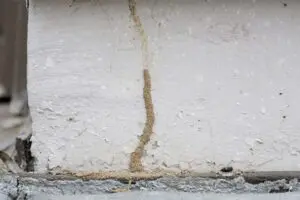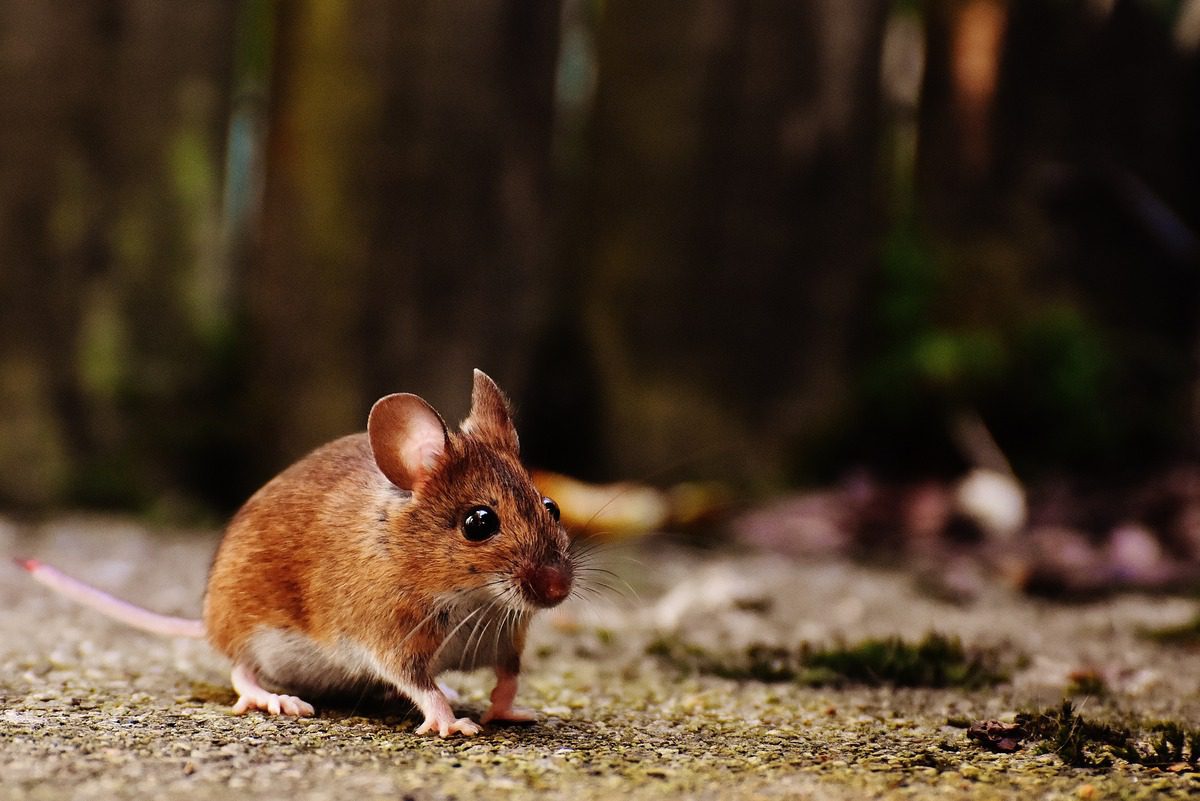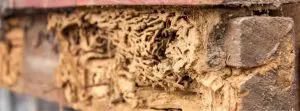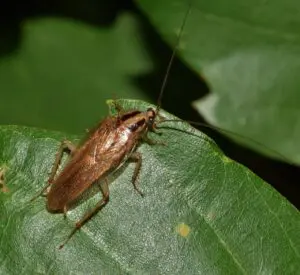

Mice are crafty pests that can be hard to control once they’ve invaded. Make sure they never get a chance to move in by removing the following 6 mouse attractants.
Food and Water
Despite the fact that they are able to survive eating only a single ounce of food per day, mice would rather live where food and water are readily available. They try to build their nests no more than 25 to 50 feet away from their food sources. A water source is less of a priority for mice than a food source, since they get most of the water they need from their food. That being said, an active water source will definitely attract mice.
Mice will eat anything that is high in fat, protein, or carbohydrates. If given the option, they are most likely to go for seeds, grains, fruits, nuts, and fatty meats. Among their favorite foods are cereal, bacon, peanut butter, and hazelnut spread. They are not picky, though, and they will eat just about anything they can get their tiny hands on. This includes scraps from the trash, animal feed, and gardening seeds.
Although most of their preferred meals are vegetarian, mice are indeed omnivores. Their main prey is birds. Though they do not often kill and eat fully-grown birds, they are well-known for stealing eggs and chicks from coops and nests. Beyond stealing their young, mice also like to gnaw on the feet and legs of sleeping fowl or pluck their feathers to use for nesting. What’s more, mice carry diseases and parasites like fleas and ticks which they can give to birds. Because of this, it is important for those with domesticated fowl or pet birds to take extra precautions in and around the birds’ homes.
The Solution: There are a few important steps to take in order to remove food and water from the list of mouse attractants. First, keep all non-refrigerated foods (including pet food and animal feed) in airtight containers made of glass, metal, or hard plastic. Mice will not hesitate to chew through cardboard or soft plastic food packages. Second, empty indoor garbage cans regularly and put tight-fitting lids on outdoor receptacles. Third, promptly clean up any food crumbs, spills, or leftovers. Finally, fix any leaky pipes or faucets.
Nesting Materials and Chewable Items
Mice of course like their nests to be soft and warm, because who wouldn’t? In order to achieve maximum coziness, they seek out nest-building materials like cotton, linens, insulation, paper products, feathers, and practically any other soft, chewable items they can find. More often than not, they look for materials in cluttered, low-traffic areas like storage spaces. This is not good news for items stored in cardboard boxes, or for the boxes themselves, but it does mean that regularly-used items or items in high-traffic areas are in less danger of being chewed.
Mice do not chew for the sole purposes of food seeking and nest building. All rodents have front teeth that never stop growing, so they need to chew in order to keep their teeth from getting too long. They will nibble on just about anything. This usually only leads to damage to the item that was chewed. However, this habit becomes dangerous when they gnaw through things like electrical wires, which can lead to fire.
The Solution: Stored items are fairly easy to protect if they are kept in the proper containers- i.e. tightly-sealed storage boxes made of a hard material like wood or thick plastic. Placing deterrents like dryer sheets in with the contents of the containers provides added security. Non-stored items, like electrical wires, automobile upholstery, or a guest bed, are a little trickier to protect since they can’t be put in a box. To keep them safe, it is best to practice general mouse prevention, like blocking entrances, properly storing food, and receiving regular pest control treatments.
Clutter
Clutter is any pest’s best friend. In an effort to avoid predators, mice instinctively choose to nest in sheltered locations and travel along covered pathways. They feel quite at home in cluttered spaces; clutter provides shelter and tight pathways that eliminate the need to go out in the open where predators can see them. Plus, cluttered rooms are usually chock-full of ideal nesting materials.
The Solution: Though easier said than done, a great way to deter mice is to minimize clutter both indoors and out. Keep storage spaces neat, tidy up living areas, keep up with laundry piles, and eliminate outdoor debris and leaf piles.
Shelter and Warmth
Unlike other pests, mice neither die off nor hibernate during the winter. They can become torpid if it gets too cold, but they usually remain quite active. Though mice prefer temperatures between 86 and 90 degrees Fahrenheit, they will almost always find a way to stay warm no matter how cold it gets. Similarly, they will do what they can to avoid extreme heat. Mice adjust their living situations as needed according to the weather. Some stay outdoors and either fortify or lessen their nest’s insulation. Others look for a place to nest indoors. These mice usually opt for buildings that are in use, as they tend to have active heating and cooling systems, or at the very least, have appliances or generators that give off heat.
The Solution: Mice can sense the inside temperature of a building through wall openings, and they will use these openings to enter if they like the temperature they sense. As such, it is important to block off all entrances and practice general mouse prevention.
Entrances and Pathways
For mice, any space that they can find their way into is fair game for foraging and nesting. They can squeeze through a hole as small as a dime, and they often chew the edges of smaller ones to make them big enough to fit through. Mice will use any entrance or pathway they can find including chimneys, utility wire entrances, and cracks in the foundation or walls. Some mice will even tight-rope walk across utility wires and tree branches to reach high entrances.
The Solution: If mice cannot find a way into a building, they will eventually lose interest. Seal cracks and gaps in the foundation and walls with caulk, or stuff them with steel wool. This includes normal cracks as well as gaps around doors, windows, and utility wire entrances. Install a chimney cover on all chimneys and place screens over vents. Keep all trees and shrubs trimmed at least a foot away from the outside of the building, and keep all firewood and debris piles at least 25 feet away from the building.
Other Mice
Mice are social animals who breed quickly, so where there is one mouse there are bound to be many more. When a mouse finds a suitable place to live, it marks the area with pheromones and urine to indicate to other mice that the area is safe. Other mice pick up on the smells and move on in.
As many know, dead mice give off their own smell. Strangely enough this smell can attract other mice, especially when food is scarce. That’s right- mice will eat dead mice if they need to. They are scavengers which means they will eat whatever they can possibly find, including their fallen cohorts.
The Solution: Keep mice out by employing the solutions listed above in addition to receiving preventative pest control.
Have mice already managed to find their way onto your property? Call Excel today and we’ll send over an expert to perform your free inspection.






